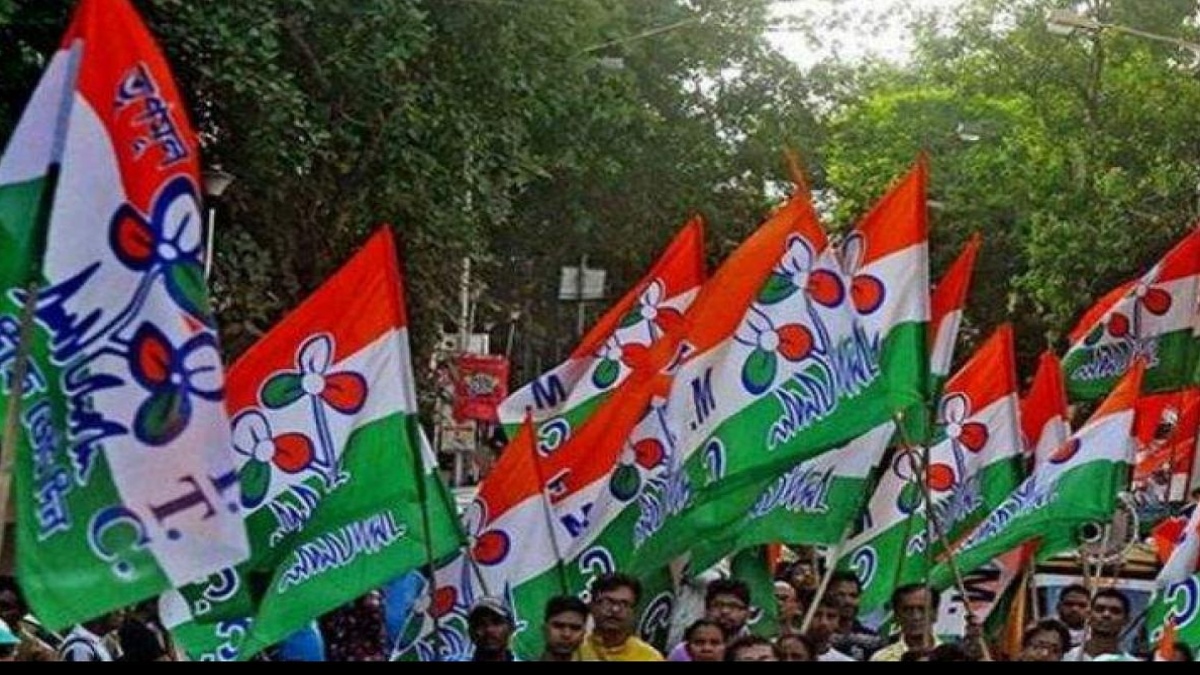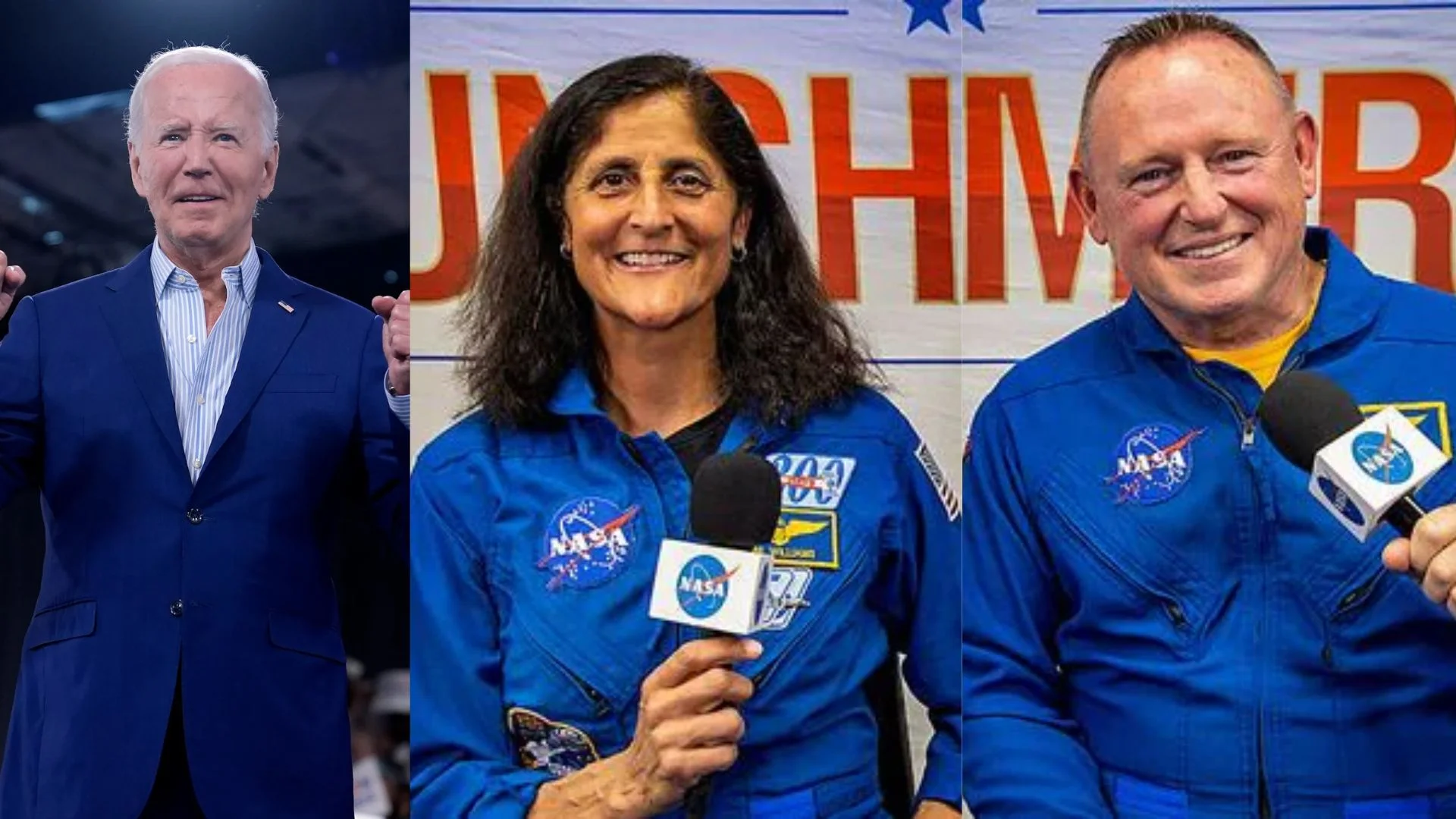
West Bengal Chief Minister Mamata Banerjee is clearly working on a plan—to replace the Congress as the main Opposition force in the country. To achieve this goal, she is picking up various leaders, even though questions can be raised about her choice. Those who have joined the Trinamool Congress (TMC) as the party seeks national prominence, do not have any ground presence except perhaps in Meghalaya. By inducting Kirti Azad, who lost the last Lok Sabha elections by nearly 5 lakh votes, and Pavan Varma, who was expelled by JDU and before that was a Rajya Sabha member without any grassroots connect, it is not known what sort of a national presence the TMC is hoping to get. In Meghalaya, 12 of the 17 Congress MLAs there may have joined the TMC, but when it comes to Lok Sabha seats, Meghalaya has only two, and even if Ms Banerjee wins all the 42 seats in Bengal, her tally will go up to 44 if she wins both those seats. So TMC may have become the main Opposition party in Meghalaya, courtesy Mukul Sangma, but there are grave doubts about whether this will have a domino effect and make other Congress leaders from the Northeast make a beeline for the TMC—this could have been an immediate possibility if the TMC had done well in the Tripura civic body elections, but it didn’t. It performed miserably, managing to win 1 out of 334 wards. And in spite of the claims being made by TMC spokespersons as the party emerging as the main Opposition face in Tripura, statistics show that the Left is still ahead of the TMC. The Tripura result was not commensurate with the hype created by the TMC, proving once again that unless there is hard work at the grassroots, no Opposition party can uproot a well-entrenched ruling party. Anti-incumbency is always a factor against any government, but for the Opposition to convert that into a critical mass of votes to overthrow a government depends on a lot of factors, including the severity of the anti incumbency and the grassroots connect of the Opposition. The TMC should have known this, for this is what happened to the BJP in the Bengal Assembly elections earlier this year. It just didn’t have the organisation on the ground to convert the anti-incumbency into votes for it to defeat Mamata Banerjee’s party. From the Tripura results it is anyway apparent that in this case, anti incumbency was not severe against Chief Minister Biplab Deb.
The whole national strategy of the TMC appears to be hinged on breaking other parties—particularly the Congress—and importing their organisation in different states, but for that the electoral performance of the TMC outside its stronghold Bengal will have to be up to the mark. Why else will senior Congress leaders consider replacing the Gandhis with Mamata Banerjee as their leader? The Tripura results would not have inspired confidence in such quarters, for it drove home the point that a stellar performance by TMC against the BJP outside of Bengal is unlikely at this point.
More importantly, a lot will depend on the Assembly elections that will take place next year. If Congress does well in Punjab, then it will be easier for the Gandhis to quell dissension within the ranks and the possibility of defections will recede in the backgroumd. So TMC may have overplayed its hand by name-calling the Congress, refusing to attend meetings called by it, and by defiantly announcing that it is only the TMC, and not Congress, that can take on the BJP.
Strategy is fine, but there is nothing like hard work on the ground and reputation of being a good administrator. It does not help the TMC’s case when Kolkata is named as the worst city in the country for providing jobs and economic growth, as shown by the first Sustainable Development Goals Urban Index released by Niti Aayog last week. Also, how can there be any national leadership role for a regional party without grassroots presence in more than one state? But then the strategy is based on the hope that there will be a fractured mandate in 2024, and a party with 40-45-odd seats will manoeuvre its way to power, upstaging the Congress. Only time will tell how effective this strategy is.















